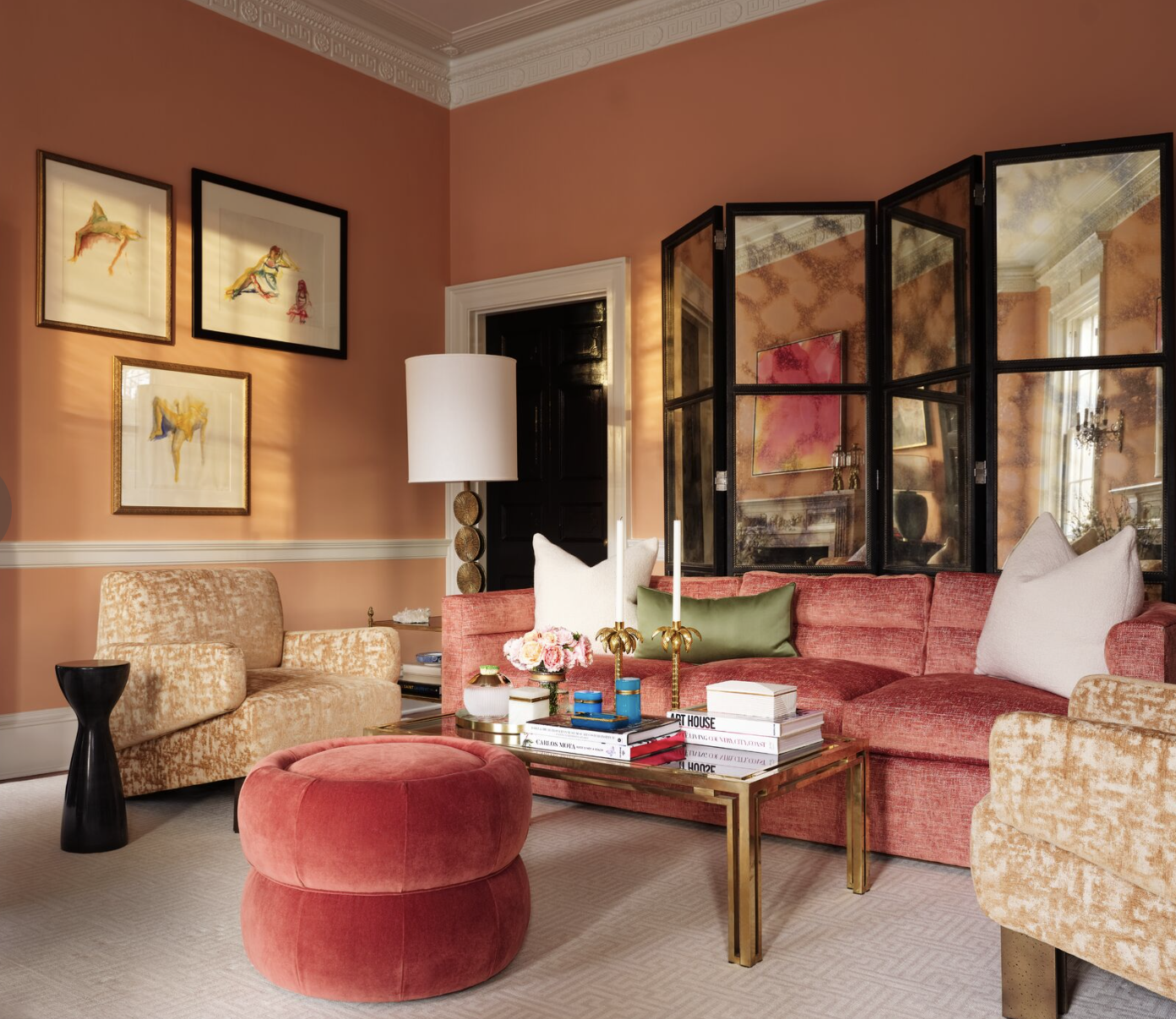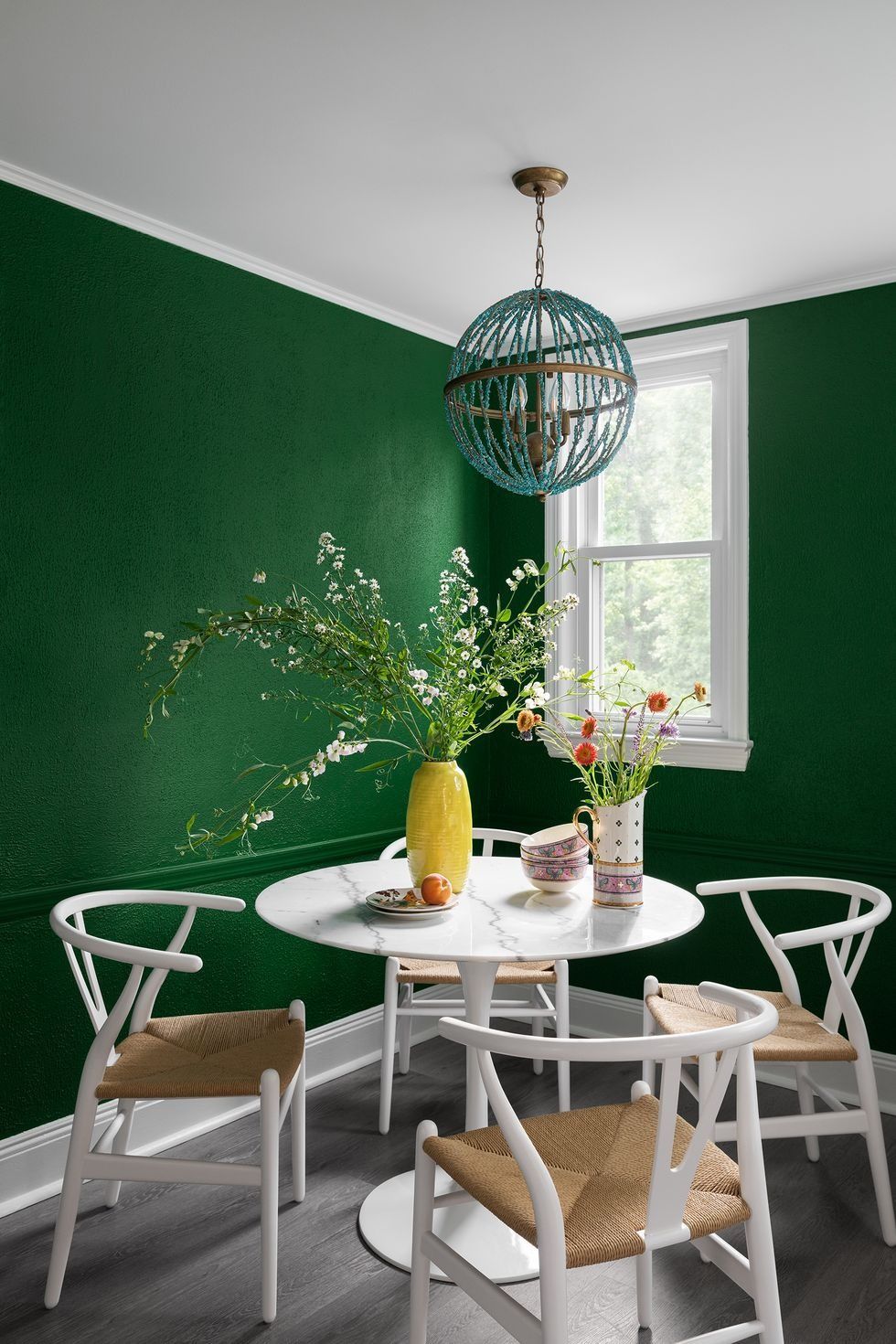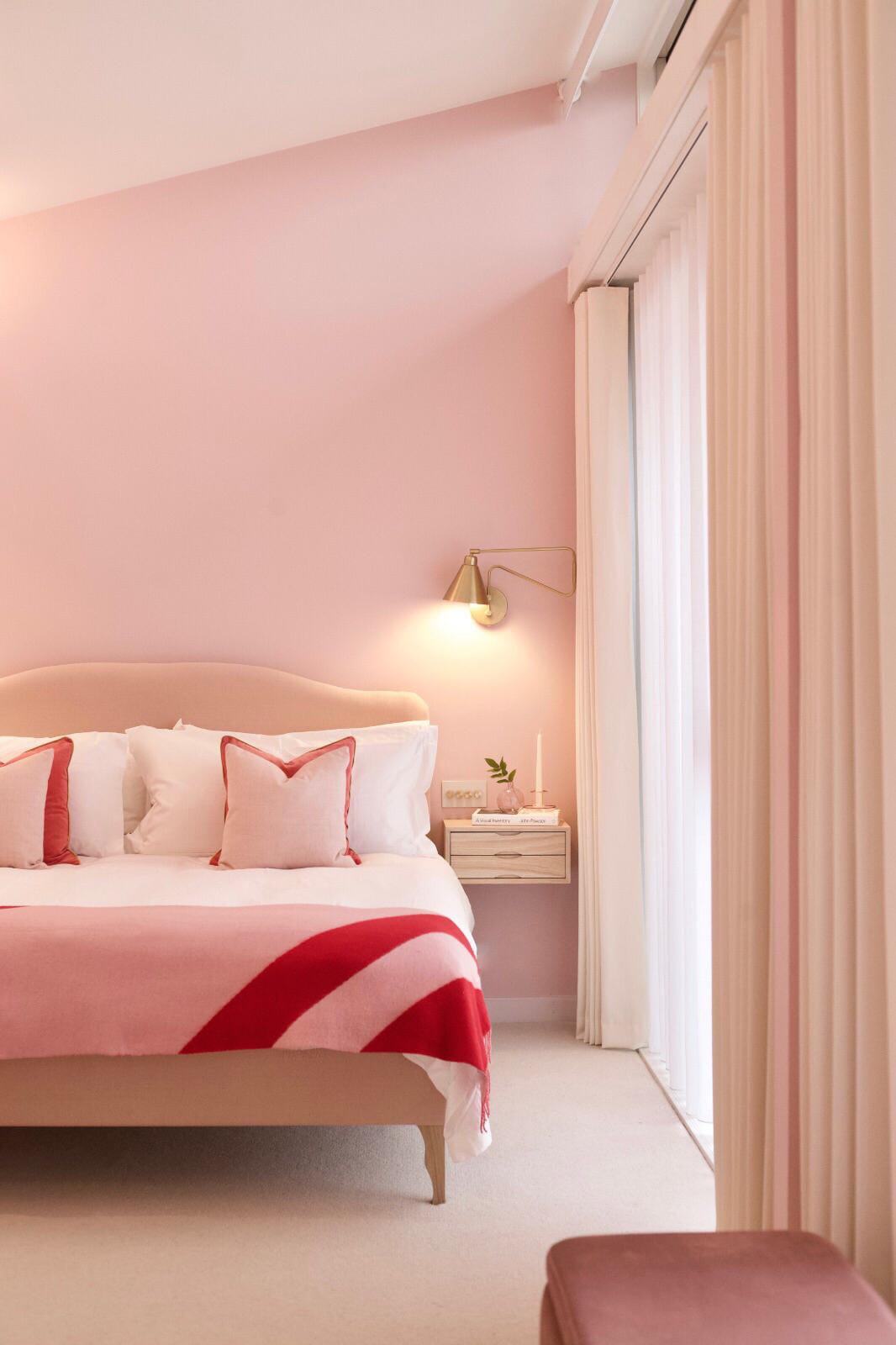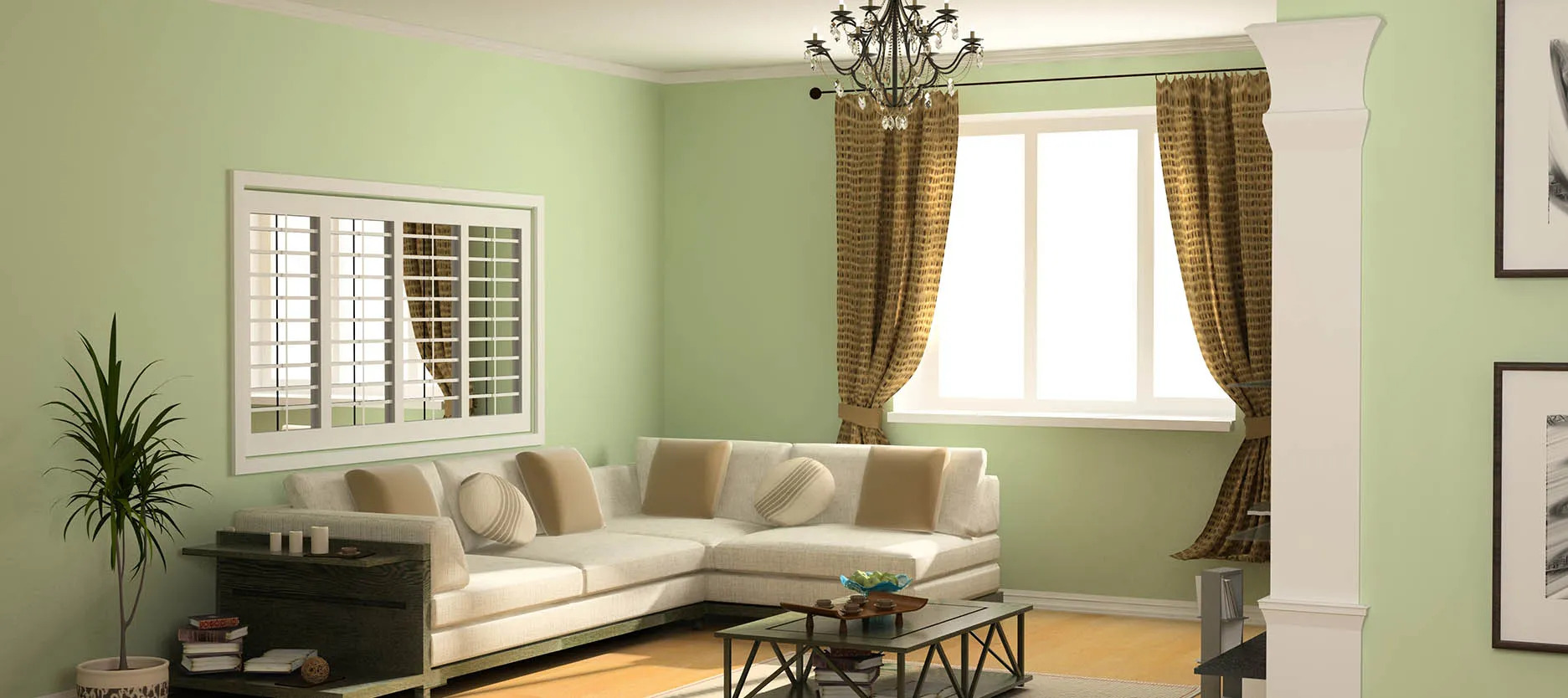When it comes to interior painting, it’s important to understand the difference between ceiling and wall paint to achieve the best results. Although both serve the purpose of enhancing the aesthetics of a space, ceiling and wall paints have distinct characteristics and applications. Ceiling paint is specifically designed to address the unique challenges of overhead surfaces, while wall paint offers a broad range of colors, finishes, and durability options to transform vertical surfaces. In this article, we will delve into the key differences between ceiling and wall paint, including their formulations, sheen options, application techniques, and appropriate uses. Understanding these distinctions will guide you in selecting the most suitable paint for your specific project, ensuring a visually appealing and long-lasting result.

Composition and Formulation:
Ceiling Paint:
Ceiling paint is formulated to address the challenges of overhead surfaces. It typically has a higher viscosity and opacity compared to wall paint, allowing for better coverage of irregular surfaces and hiding imperfections. Due to its position, ceiling paint is often subjected to gravity, so it needs to have a higher viscosity to reduce drips and splatters during application. Ceiling paint is generally formulated with a flat or matte finish to minimize light reflection and offer a uniform appearance.
Wall Paint:
Wall paint is designed to provide versatility in terms of color, finish, and durability. It comes in various formulations, including latex or water-based, oil-based, and acrylic options. These formulations offer specific benefits such as ease of application, longer durability, washability, and resistance to fading, scrubbing, or stains. Wall paint comes in a wider variety of finishes, including matte, eggshell, satin, semi-gloss, and high-gloss, allowing for customization and different visual effects on vertical surfaces.
Sheen Options and Reflectivity:
Ceiling Paint Sheen:
Ceiling paint is typically available in flat or matte finishes. These finishes have minimal light reflection, providing a diffused appearance to help hide surface imperfections. A flat or matte sheen is also ideal for minimizing light glare in a room with overhead lighting fixtures. The low reflectivity of ceiling paint helps create a clean and uniform finish on the ceiling surface.

Wall Paint Sheen:
Wall paint offers a broader range of sheen options to achieve different visual effects. Matte finishes provide a smooth, non-reflective surface with a velvety appearance. Eggshell finishes have a slight sheen that adds warmth and depth to the walls, making them more washable and durable compared to matte finishes. Satin finishes offer a subtle gloss and are easier to clean, making them suitable for high-traffic areas. Semi-gloss and high-gloss finishes provide a higher level of sheen, resulting in a reflective, shiny appearance. These finishes are known for their durability, moisture resistance, and washability, making them ideal for kitchens, bathrooms, and areas prone to stains or moisture.
Application Techniques:
Ceiling Paint Application:
Applying paint to ceilings requires specific techniques to ensure even coverage and minimize drips or splatters. When using ceiling paint, it is important to:
- Use an appropriate roller with a higher nap or thickness to accommodate the higher viscosity of ceiling paint. A thicker roller cover helps distribute the paint more evenly across the irregular ceiling surface.
- Cut-in the edges and corners of the ceiling using a brush before rolling to achieve a clean line along the walls.
- Apply the paint with smooth, overlapping roller strokes, working in small sections to maintain a wet edge and avoid visible seams or streaks.
Wall Paint Application:
Wall painting techniques offer more flexibility due to the accessibility of vertical surfaces. When using wall paint, consider:
- Cutting-in the edges and corners of the walls with a brush to create clean lines before using a roller. This technique helps ensure a neat finish and eliminates the need for excessive trimming.
- Applying the half wall paint with a roller using vertical or horizontal motions, slightly overlapping each roll to avoid visible seams. Maintaining a wet edge is crucial to achieve consistent coverage and avoid patchy or uneven application.

Specific Uses:
Ceiling Paint Use: Ceiling paint is designed specifically for overhead surfaces and is typically used for both residential and commercial applications. It is suitable for hiding imperfections, providing a uniform appearance, and minimizing light reflection. Ceiling paint works well in various spaces, including living rooms, bedrooms, hallways, and offices.
Wall Paint Use: Wall paint is versatile and can be used on a variety of vertical surfaces, including interior walls, trims, doors, and window frames. It allows for greater customization and offers a range of finishes and colors to create different visual effects. Wall paint can transform and define the atmosphere of a room, making it suitable for any residential or commercial space.
Advantages of using wall paint
Wall paint is a fundamental component of interior design, enabling individuals to transform the look and feel of their living spaces. Whether in residential or commercial settings, wall paint offers a multitude of advantages that go beyond surface color. From enhancing aesthetics and creating a cohesive ambiance to providing durability and versatility, the benefits of using wall paint are significant.

Aesthetics and Ambiance Enhancement:
Color Selection: Wall paint allows for endless possibilities in color selection, providing the opportunity to create various moods, atmospheres, and design effects. Different colors have the power to evoke specific emotions and set the tone of a space. Bright, vibrant colors can add energy and liveliness, while cool and neutral shades can promote relaxation and tranquility.
Durability and Longevity:
Protection and Preservation: High-quality wall paint provides a protective layer over the underlying surface, helping to prevent damage from moisture, stains, and everyday wear and tear. It acts as a barrier against scratches, scuffs, and minor impacts, preserving the integrity of the underlying structure.
Conclusion:
Understanding the differences between ceiling and best garage wall paint is crucial for achieving successful painting projects. Ceiling paint is specifically formulated for overhead surfaces, providing better coverage. Hiding imperfections, and minimizing light reflection with a matte finish. On the other hand, wall paint offers a wider range of colors, finishes. And durability options to transform and customize vertical surfaces. Wall paint’s versatility allows you to select appropriate finishes. And colors for different spaces and applications. By considering the distinct characteristics and applications of ceiling and wall paint. You can make informed decisions and create visually appealing. Long-lasting surfaces that enhance the overall aesthetics of your interiors.

